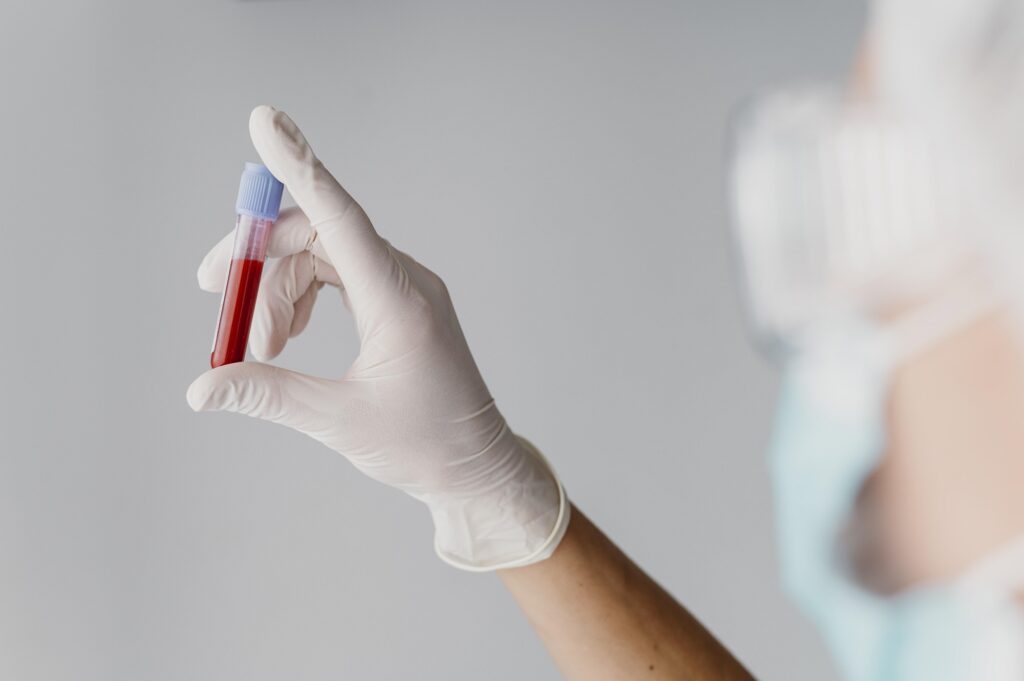Introduction to Fatty Liver Disease
Fatty liver disease is a condition marked by excessive fat accumulation in the liver, which can lead to serious health complications if left unaddressed. It is categorized into two main types: Non-Alcoholic Fatty Liver Disease (NAFLD) and Alcoholic Fatty Liver Disease (AFLD). Understanding these types is crucial for effective management and prevention.
The liver plays a vital role in detoxifying blood, producing proteins, and metabolizing nutrients. However, excess fat can cause inflammation and damage, potentially progressing to liver failure, fatty liver disease or cirrhosis.
This guide will explore NAFLD and AFLD, including their causes, symptoms, and treatment options. By understanding these conditions, you can take proactive steps to protect your liver and overall health.

What is NAFLD (Non-Alcoholic Fatty Liver Disease)?
NAFLD is a type of fatty liver disease that occurs in individuals who consume little or no alcohol. It is increasingly common and is closely linked to obesity and metabolic syndrome. NAFLD includes a range of liver conditions, from simple fatty liver (steatosis) to non-alcoholic steatohepatitis (NASH), which involves liver inflammation and damage.
It is strongly associated with insulin resistance, obesity, and genetic factors. Often, it has no symptoms in the early stages, making diagnosis difficult without specific tests. As it progresses, it can lead to liver inflammation, fibrosis, and cirrhosis.
Treatment mainly involves lifestyle changes such as weight loss, a healthy diet, and regular physical activity. In severe cases, medical treatment may be needed to manage related conditions like diabetes or high cholesterol.
What is AFLD (Alcoholic Fatty Liver Disease)?
AFLD is caused by excessive alcohol consumption, leading to fat accumulation in the liver. When alcohol intake overwhelms the liver’s ability to process it, fatty deposits build up, which can eventually cause inflammation, scarring, and cirrhosis. The development of AFLD depends on factors like the amount and duration of alcohol use, genetics, and nutritional status.
Treatment focuses on complete abstinence from alcohol, which can stop disease progression and sometimes reverse liver damage. Nutritional support and vitamin supplementation may also help in managing the condition.
Key Differences between NAFLD and AFLD
While both NAFLD and AFLD involve fat accumulation in the liver, their primary causes and management strategies differ significantly. NAFLD is not related to alcohol consumption, whereas AFLD is directly linked to it. Understanding these distinctions is crucial for effective treatment and prevention.
Cause:
- NAFLD: Primarily associated with obesity, insulin resistance, and metabolic syndrome.
- AFLD: Directly caused by chronic alcohol consumption.
Management:
- NAFLD: Focuses on weight management, dietary changes, and physical activity.
- AFLD: Requires complete abstinence from alcohol and may involve supportive therapies.
Progression:
- Both conditions can progress to more severe liver damage, but the progression can often be halted or reversed with appropriate lifestyle changes for NAFLD and abstinence for AFLD.
Recognizing these differences helps in developing a personalized treatment plan with your healthcare provider.
Causes and Risk Factors for NAFLD and AFLD
Fatty liver disease, which includes non-alcoholic fatty liver disease (NAFLD) and alcoholic fatty liver disease (AFLD), occurs when fat accumulates in the liver due to various underlying causes.
In the case of NAFLD, the most common causes include obesity, insulin resistance, type 2 diabetes, and metabolic syndrome. These conditions disturb normal fat metabolism, leading to fat buildup in the liver. Poor dietary habits, especially diets high in processed foods, sugars, and unhealthy fats, also contribute significantly. Rapid weight loss can sometimes trigger fat accumulation as well.
AFLD, on the other hand, is primarily caused by excessive and prolonged alcohol consumption. Alcohol affects the liver’s ability to break down fat properly, resulting in fat storage within liver cells.
Poor nutrition, which often accompanies heavy drinking, can further worsen liver health. Genetic factors also influence both NAFLD and AFLD by affecting how an individual’s body stores fat or metabolizes alcohol. Additionally, women may be more vulnerable to alcohol-related liver damage even at lower levels of consumption.
Symptoms of NAFLD and AFLD
Both NAFLD and AFLD can be silent diseases, often showing no symptoms in the early stages. However, as they progress, certain signs may become apparent:
- Fatigue: Persistent tiredness is a common symptom as the liver struggles to function efficiently.
- Abdominal Pain: Discomfort or pain in the upper right abdomen could indicate liver inflammation.
- Jaundice: Yellowing of the skin and eyes is a sign of advanced liver disease.
Other signs can include unexplained weight loss, swelling in legs or abdomen, and confusion. These occur as liver function declines.
Recognizing symptoms and consulting a healthcare provider for liver tests can enable early diagnosis and better outcomes, preventing further damage.
Diagnosis and Testing for Fatty Liver Disease
Diagnosis of fatty liver disease involves a combination of medical history, physical examination, and diagnostic tests. Here’s a step-by-step approach to understanding the testing process:

- Medical History and Physical Exam: Your doctor will inquire about your alcohol consumption, diet, and medical history. A physical exam may reveal an enlarged liver.
- Blood Tests: Liver function tests can indicate liver damage or inflammation. Elevated liver enzymes are often a sign of liver disease.
- Imaging Tests: Ultrasound, CT scans, or MRIs can detect fat accumulation in the liver and assess its severity.
In some cases, a liver biopsy may be necessary to determine the extent of liver damage and rule out other liver diseases. Early diagnosis is essential for effective intervention and management.
Treatment Options for NAFLD and AFLD
Treatment for fatty liver disease, including both NAFLD and AFLD, focuses on reducing fat in the liver and preventing further damage. For NAFLD, the main approach is lifestyle modification. Losing 5–10% of body weight can greatly reduce liver fat and inflammation.
A healthy diet that includes fruits, vegetables, whole grains, and lean proteins, along with regular exercise—at least 150 minutes of moderate activity per week—can improve liver function. Controlling related health conditions like diabetes, high blood pressure, and cholesterol is also important, and medications may be used when needed.
For AFLD, the most crucial step is to completely stop drinking alcohol, as continued alcohol use can worsen liver damage. Quit drinking alcohol can help stop the disease from progressing and may allow the liver to heal. Nutritional support through a balanced diet and supplements is often needed to correct deficiencies.
Counseling and support groups can also play a key role in helping individuals stay sober. In more serious cases, medical treatment may be required to manage liver-related complications. Working with healthcare professionals offers the best chance for recovery in both types of fatty liver disease.
Lifestyle Changes to Manage Fatty Liver Disease
Lifestyle changes are key to managing both NAFLD and AFLD. Consider these adjustments:
- Balanced Diet: Focus on whole foods, limit processed foods and sugars, and ensure adequate nutrient intake.
- Exercise Regularly: Engage in both aerobic and strength-training exercises to enhance metabolic health and reduce liver fat.
- Avoid Alcohol: For AFLD, abstinence is essential. For NAFLD, limit alcohol consumption to avoid additional liver stress.
Managing stress through mindfulness practices like meditation or yoga can support overall health. Regular medical check-ups and liver tests help monitor progress and guide treatment.

Conclusion
Understanding the differences between NAFLD and AFLD is key to effective management and prevention. Recognizing risk factors, symptoms, and treatment options helps you take proactive steps to maintain liver health.
Through lifestyle changes, medical care, and support for alcohol cessation, fatty liver disease can be addressed comprehensively. Early detection and intervention prevent severe liver damage and improve quality of life.